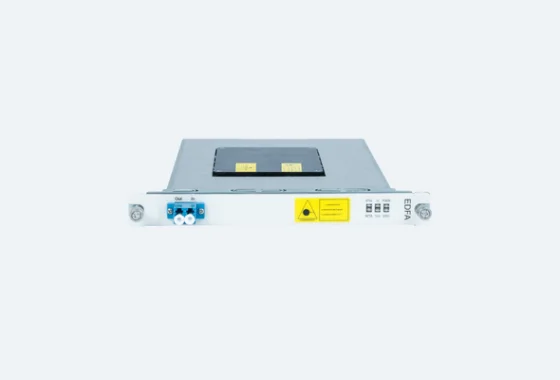In the realm of electronics, the terms transistor and relay often surface in discussions about switching mechanisms. While both components serve the fundamental purpose of controlling electrical signals, equating a transistor to a relay oversimplifies their distinct functionalities, applications, and underlying principles. This article delves into the intricate differences between transistors and relays, exploring their operational mechanisms, advantages, disadvantages, and ideal use cases.
Understanding the Basics: What Are Transistors and Relays?
Transistors are semiconductor devices that can amplify or switch electronic signals. They are composed of materials like silicon or germanium and operate based on the movement of charge carriers (electrons and holes). Transistors are classified into two main types: Bipolar Junction Transistors (BJTs) and Field-Effect Transistors (FETs). Their ability to control current flow with minimal input makes them fundamental components in modern electronic circuits.
Relays, on the other hand, are electromechanical switches that use an electromagnetic coil to open or close contacts. When an electric current passes through the coil, it generates a magnetic field that moves an armature, thus changing the state of the contacts. Relays are typically used for switching larger currents and voltages, making them suitable for applications like motor control and lighting systems.
Operational Mechanisms: A Deeper Dive
The operational principles of transistors and relays highlight their differences:
- Transistor Operation:
- Control Mechanism: Transistors control current flow through the application of a small input voltage or current at the base (for BJTs) or gate (for FETs). This allows for rapid switching and amplification of signals.
- Speed: Transistors can switch on and off in nanoseconds, making them ideal for high-speed applications such as digital circuits and signal processing.
- Power Consumption: Transistors generally consume less power than relays, especially in low-power applications, due to their solid-state nature.
- Relay Operation:
- Control Mechanism: Relays require a significant amount of current to energize the coil, which then mechanically moves the contacts. This process is inherently slower than transistor switching.
- Speed: The mechanical movement involved in relay operation can introduce delays, typically in the milliseconds range, which limits their use in high-speed applications.
- Power Consumption: Relays consume more power due to the need to maintain current through the coil, especially in applications requiring continuous operation.
Advantages and Disadvantages
Both transistors and relays have their unique advantages and disadvantages, making them suitable for different applications.
Advantages of Transistors:
- Speed: Transistors can switch at much higher speeds than relays, making them essential for digital circuits.
- Size: Transistors are compact and can be integrated into microchips, allowing for miniaturization of electronic devices.
- Durability: Being solid-state devices, transistors are less prone to mechanical failure compared to relays.
Disadvantages of Transistors:
- Voltage and Current Limitations: Transistors have limitations on the maximum voltage and current they can handle, which can restrict their use in high-power applications.
- Thermal Sensitivity: Transistors can be sensitive to temperature changes, which may affect their performance and reliability.
Advantages of Relays:
- High Power Handling: Relays can switch high voltages and currents, making them suitable for industrial applications.
- Isolation: Relays provide electrical isolation between the control circuit and the load, enhancing safety in high-voltage applications.
Disadvantages of Relays:
- Speed: The mechanical nature of relays results in slower switching times, which can be a significant drawback in fast-paced electronic systems.
- Size: Relays are generally larger than transistors, which can be a limitation in compact electronic designs.
Ideal Use Cases
Understanding the ideal applications for transistors and relays can help engineers and designers make informed decisions:
- Transistors are best suited for:
- Digital circuits (computers, smartphones)
- Signal amplification (audio equipment)
- Switching power supplies
- High-frequency applications (RF transmitters)
- Relays are ideal for:
- Industrial automation (motor control, lighting)
- High-voltage applications (power distribution)
- Safety systems (emergency shutdowns)
- Applications requiring electrical isolation
Conclusion: Not Just a Relay
In conclusion, while transistors and relays both serve the purpose of switching electrical signals, they are fundamentally different in their operation, speed, power handling, and ideal applications. Understanding these differences is crucial for engineers and designers in selecting the appropriate component for their specific needs. Rather than viewing a transistor as merely a relay, it is essential to appreciate the unique advantages each component brings to the table, ensuring optimal performance and reliability in electronic systems.
